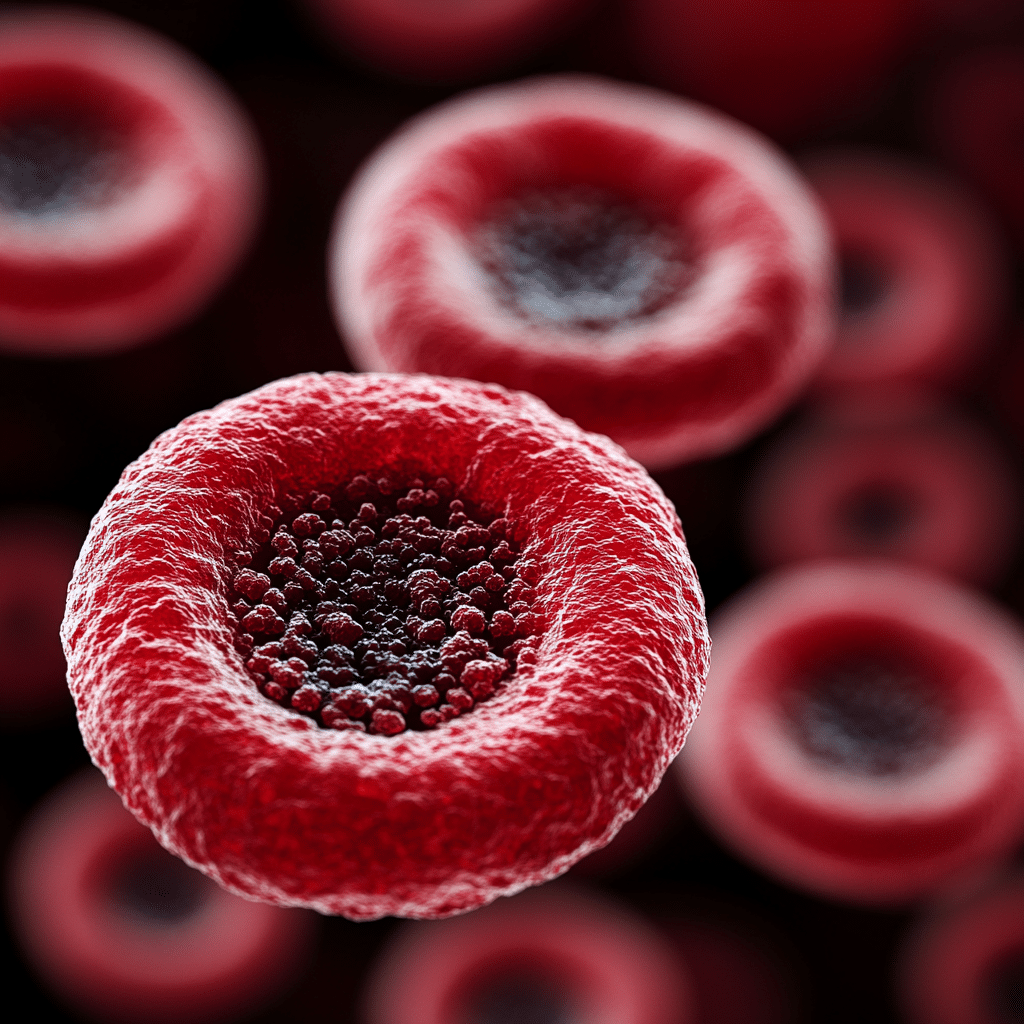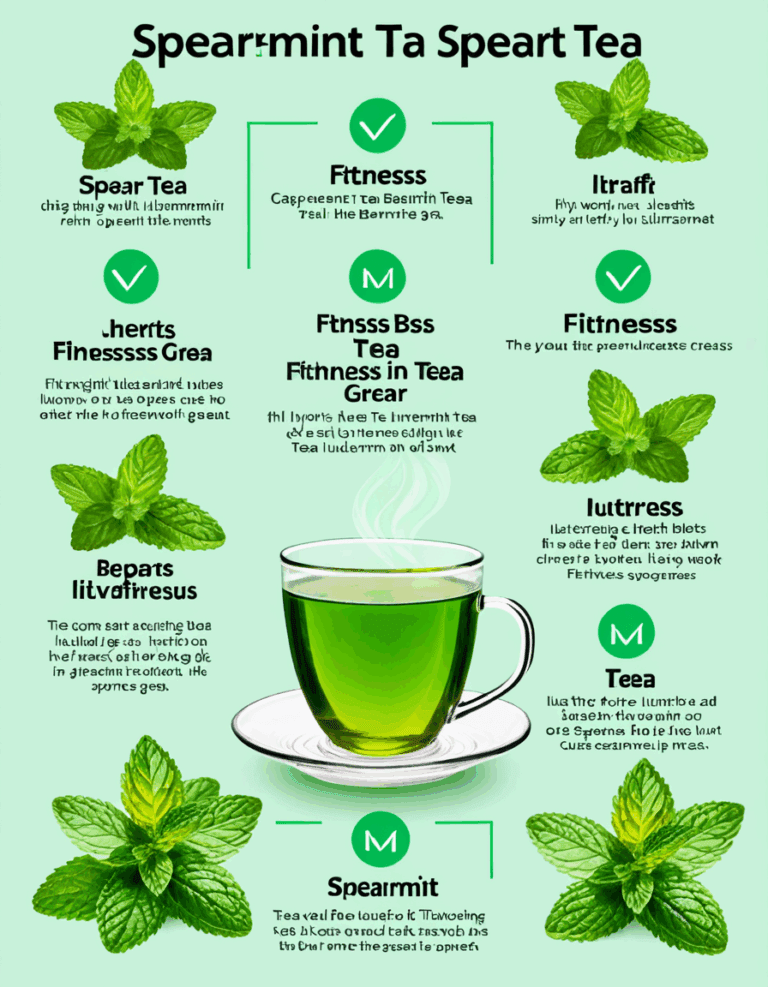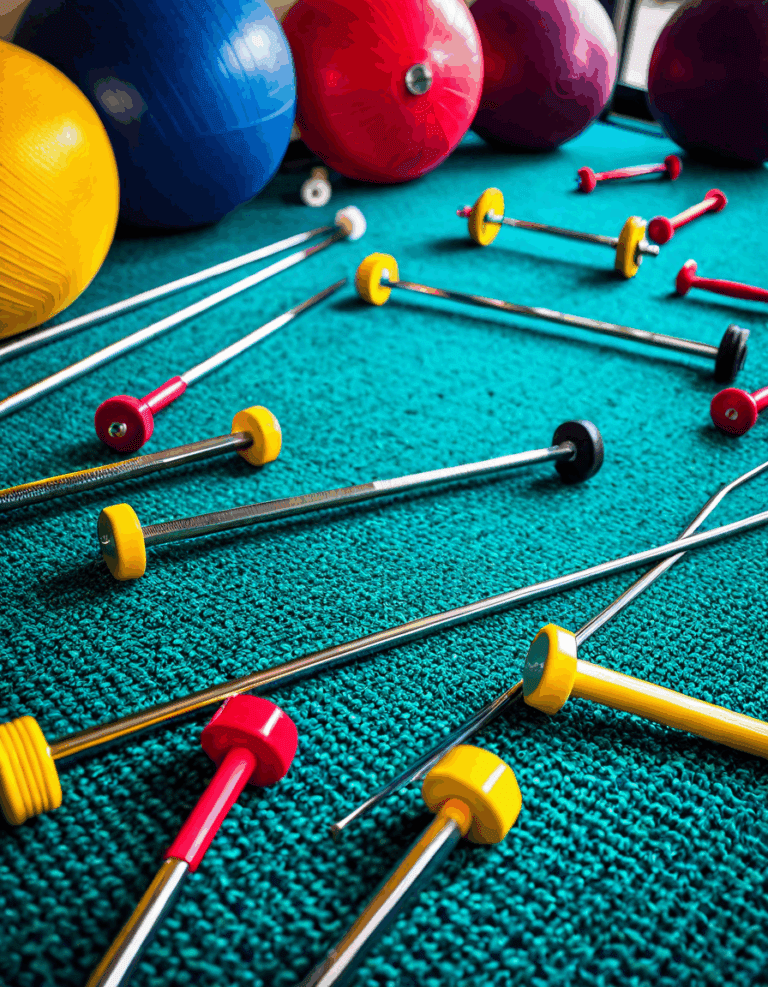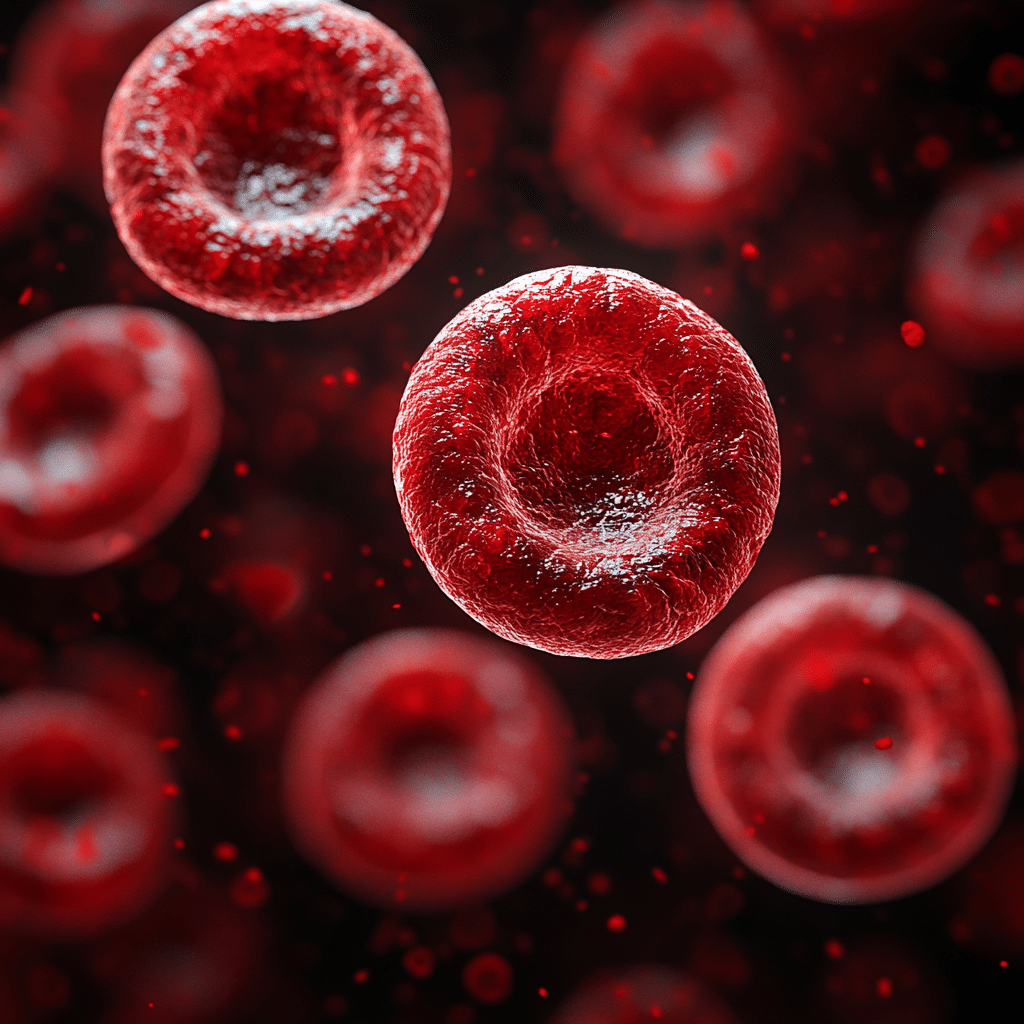Erythrocytes, more commonly recognized as red blood cells, are the unsung heroes of our body’s transportation system. These remarkably shaped biconcave discs don’t just carry oxygen; they also play crucial roles in maintaining the pH balance and expelling carbon dioxide from our systems. Join me as we embark on a journey to discover how these extraordinary cells fuel our bodies, the science underpinning their functions, and the evolving innovations that deepen our understanding of this remarkable cellular powerhouse.
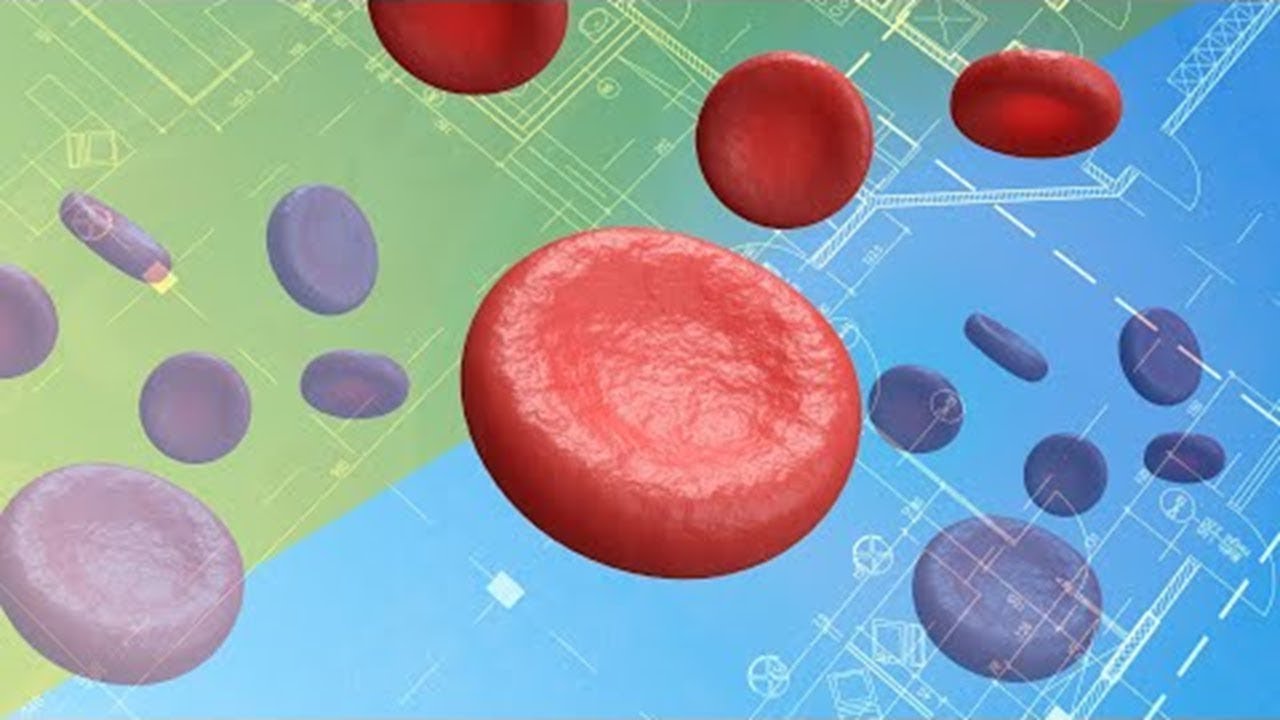
7 Key Functions of Erythrocytes That Make Them Extraordinary
1. Oxygen Transport and Delivery
Let’s kick things off with the primary function of erythrocytes: transporting oxygen. Picture this; your lungs inhale fresh oxygen, and erythrocytes spring into action, packing in hemoglobin, a special protein designed to grab hold of oxygen molecules. This powerful combo transforms our blood into a transport system, ferrying oxygen to our active muscles and vital organs. When your body’s craving a workout, those erythrocytes are working overtime, ensuring your muscles have what they need to power through those last hard reps.
2. Carbon Dioxide Removal
After erythrocytes deliver their oxygen cargo, they pick up carbon dioxide, a waste product from our hustle and bustle. Around 70% of CO2 morphs into bicarbonate, which not only assists in removing carbon dioxide but also plays a vital role in keeping our pH levels in check. Maintaining a balanced internal environment is key to optimal performance in and out of the gym. You know what they say, “You can’t perform at your best if your body’s out of whack!”
3. pH Regulation
Erythrocytes also act as pH regulators. By controlling the release of bicarbonate, they play a vital role in your body’s acid-base balance. Why does that matter? When you hit the weights hard or crank out a tough cardio session, your body creates lactic acid, which can throw things off. Thanks to the efficient actions of erythrocytes, your body adjusts, maintaining stability so you can keep pushing those limits without crashing.
4. Role in Immune Response
Did you know erythrocytes have a role in your immune response too? While they’re primarily known for their oxygen-carrying abilities, they also help signal the body to activate immune cells when needed. That means you can maintain your gains and fight off those pesky colds and infections lurking around, keeping you in peak shape all year long.
5. Adaptations to Altitude
Erythrocytes are adaptable little warriors. When you ascend to high altitudes, like up in the Andes or Himalayas, your body responds by upping your erythrocyte count. This leads to an enhanced oxygen-carrying capacity that helps counteract the thinner air. If you love to hike or pursue adventure sports in high-altitude locations, your erythrocytes are ready to step up to the challenge.
6. Innovations in Blood Substitutes
Advances in biotechnology have introduced synthetic blood substitutes that look to replicate erythrocyte functions. One stand-out example is “Hemo2life,” developed by companies like Hemarina. This innovative product uses marine invertebrate hemoglobin to carry oxygen, paving the way for transfusion solutions in emergency situations. It’s a glimpse into how science can innovate and enhance medical treatments for trauma patients while keeping the athletic blood supply smooth and robust.
7. Erythematous Conditions and Their Impact
Certain medical conditions can complicate our understanding of erythrocytes. For instance, some erythematous responses, like those seen in rosacea or autoimmune disorders, can impact how these cells function. If you have any persistent skin redness that concerns you, seeking the guidance of a healthcare professional could be a game changer. It’s essential to get a thorough check-up from a specialist or a nephrologist for those with kidney-related issues, as they can influence your erythrocyte production.

The Lifecycle of Erythrocytes: From Creation to Destruction
Erythropoiesis is the process through which red blood cells are created, and it primarily plays out in the bone marrow. Stem cells undergo a transformation that takes about a week, turning into erythrocytes that will then hit the bloodstream. With a lifespan of approximately 120 days, they diligently circulate before facing phagocytosis by macrophages in the liver and spleen. Knowing this lifecycle allows us to appreciate how conditions like anemia can arise, significantly impacting athletes who rely on those cells for peak physical performance.

The Erythrocyte and Nephrostomy Connection
Now let’s talk about nephrostomy—a surgical procedure that involves inserting a catheter into the kidney. This can drastically impact erythrocyte levels due to potential changes in erythropoietin, a crucial hormone produced by the kidneys that stimulates red blood cell production. Conditions that lead to nephrostomy, like obstructive uropathy, could result in lower erythrocyte levels. That’s why it’s essential to consult with a Nephrologist near me to ensure everything’s functioning as it should.

Innovations in Erythrocyte Research
Exciting advancements in erythrocyte research are paving pathways for new treatments and prevention strategies. Tools like CRISPR-Cas9 are being geared up to create malaria-resistant erythrocytes, fundamentally changing our approach to this age-old global health issue. This groundbreaking research casts a wider net, investigating how erythrocytes impact our microbiome and, consequently, immune system equilibrium. This could lead to therapies that allow us to harness the fantastic properties of erythrocytes for better health.
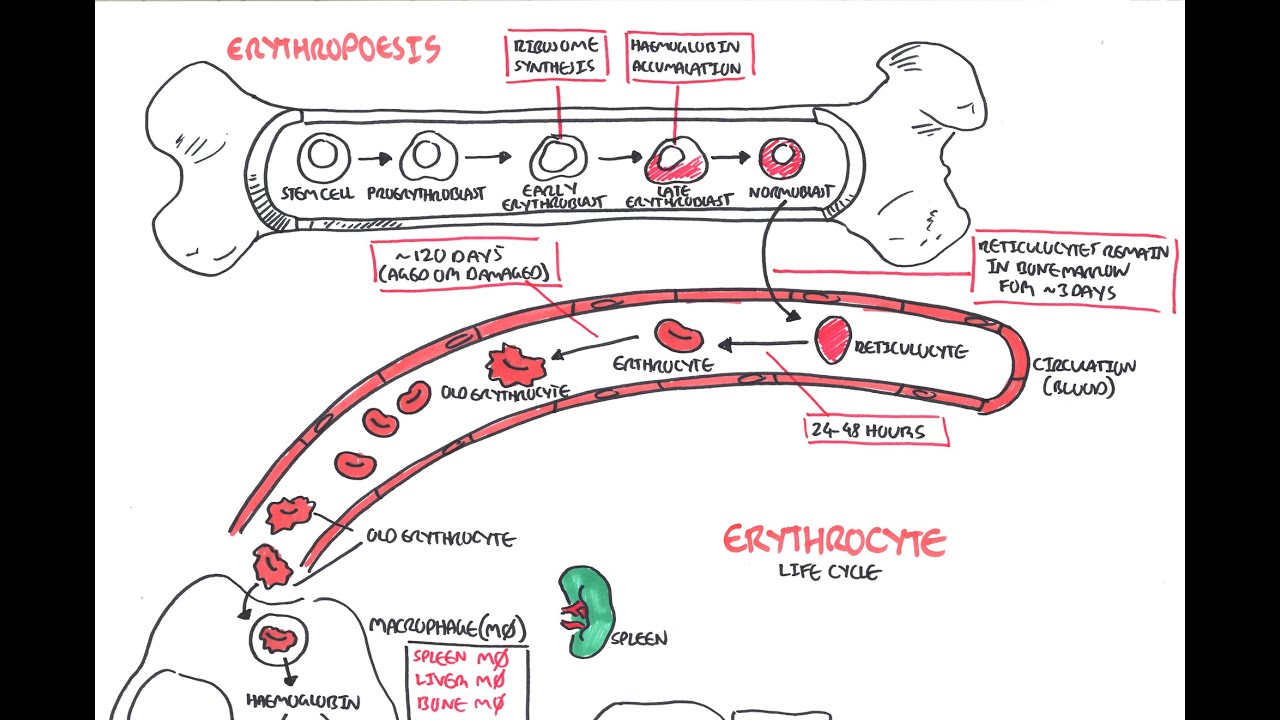
The Evolving Understanding of Erythrocytes
Our discovery of erythrocytes reveals a world beyond mere oxygen delivery; these incredible cells are involved in a variety of physiological processes that define our understanding of health and disease. Ongoing research underscores their influence on the immune system and the broader quest for medicinal innovations. As we push forward into 2026, erythrocytes will remain at the forefront of evolving medical solutions and insightful biology.
In conclusion, your erythrocytes are not just red discs moving through your bloodstream but extraordinary cells driving critical functions within your body. They lay the groundwork for your physical capabilities while influencing your overall health. So, as you hit the gym and strive for those daunting goals—whether it’s getting shredded or packing on muscle—know that your bloodstream is bustling with hard-working erythrocytes, ensuring you come out on top. Keep pushing those limits and remember, a healthy body is the ultimate vehicle for your dreams!
Erythrocyte: The Extraordinary Cell Driving Oxygen Delivery
What Makes Erythrocytes Special?
Did you know erythrocytes, or red blood cells, have an incredibly unique shape? They’re frequently compared to doughnuts, but without a hole in the middle. This biconcave design isn’t just for show; it maximizes their surface area, allowing them to carry more oxygen. That’s vital for energy production in our cells. Interestingly, if you stacked all your erythrocytes together, they’d weigh as much as an ounce of weed! Isn’t that mind-blowing?
Fun Facts That Will Blow Your Mind
Erythrocytes are produced in the bone marrow, but they have a limited lifespan of about 120 days before they’re recycled by the spleen and liver. You might think you have to worry about your heart health, but finding cardiology near me can help you monitor your wellness. Plus, erythrocytes are filled with hemoglobin, the protein that binds oxygen. Without this nifty little protein, we’d be gasping for air! It’s almost poetic, don’t you think? And speaking of poetry, did you know that song lyrics can make you feel alive, much like a rush of oxygen delivered by your erythrocytes? Just listen to those casual lyrics next time you need a pick-me-up!
Erythrocytes and the Bigger Picture
When you think of health, you might consider treatments for everyday ailments like dandruff. Well, being aware of your red blood cell count can be just as important! After all, anemia can leave you feeling drained, much like a rough day without your favorite dandruff treatment might affect your confidence. Now imagine having a condition like Syringomyelia. This spinal condition can complicate things, including how your body functions. The connection to erythrocytes? It’s all about ensuring that every corner of your body gets the oxygen it needs. So, when you’re cheering on your favorite athlete or enjoying a fun night out, remember: those little erythrocytes are hard at work, delivering oxygen every step of the way!
By staying informed, you can appreciate these ordinary yet extraordinary cells even more. Next time when someone mentions the 204 area code or asks about brain disorders, dig deep into the conversation and highlight how important erythrocytes are for everyone’s well-being. They’re quietly contributing to our energy levels, vitality, and overall health, so let’s give them the recognition they deserve!
